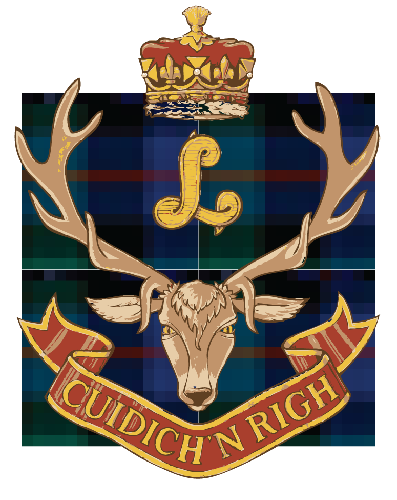Wounded Soldiers
Chris Petty, MFA '86, TREK Magazine UBC
His Royal Highness Prince Harry congratulating the Contact! Unload team after their performance in London.
Veterans of war often return home with unbearable memories and deep stress injuries. UBC and the Veterans Transition Network help light a path through the darkness.
Scenario 1: A soldier guarding a checkpoint outside Kandahar, Afghanistan, sees a young boy racing toward the barriers on a bicycle. A number of signs on the road warn against approaching the barrier – unidentified persons will be shot – but the boy ignores them. He’s 100 yards away, then 75, then 50. The soldier raises his gun. Is the boy wrapped in explosives? Once close enough, will he toss a grenade? The soldier has to think fast. If he doesn’t shoot and the boy is bent on destruction, he and his comrades will be killed. The soldier takes aim and begins to squeeze the trigger, but the boy veers off, waves, and rides up a side street.
Scenario 2: A soldier in a communications truck hears of a roadside bomb going off, killing and injuring soldiers on patrol. He immediately calls in for medical support, but is told the area is too dangerous, that a sniper has been spotted on a rooftop nearby. He orders a strike against the sniper, who is then cut in half by fire from a helicopter. The sniper, however, turns out to be an allied soldier who was guarding the scene from enemy fire.
Scenario 3: A soldier on patrol with a small group of comrades steps aside to adjust a piece of equipment and doesn’t notice a man rushing out of a nearby destroyed building. He flings a package at the soldiers and it explodes, killing one and injuring two others. Had the soldier not paused to adjust his rigging, he is sure he would have seen the man and stopped him.
Experiences like these – and others even more horrific – are the scenes that bore into the minds of many returning soldiers and haunt them the rest of their lives. Constant thoughts of guilt, self-loathing and “why was I spared?” go hand in hand with triggers – sirens, loud, unexpected noises, or even a child crying in a grocery store – that can pull the vet back to the initial incident with startling realism. Adrenalin explodes in the vet’s brain, causing panic, disorientation and even thoughts of suicide. Normal, everyday life becomes an elusive concept.
Post traumatic stress disorder (PTSD) has become a common theme in 21st century life. Whether affecting residential school survivors, bank tellers who have experienced violent robberies, or people who have survived or witnessed gruesome accidents, PTSD is now recognized as a real and debilitating condition that can negatively impact a person for life.
More than 80 per cent of returning Canadian soldiers are deemed medically fit: they have no visible wounds or injuries. But men and women serving as soldiers in war situations are, as a group, some of the most frequent victims of PTSD in North America. Movies and novels tell us of the horrors of war, but it’s a rare piece of fiction that captures accurately what happens to the returning vet. Attempts such as the 1946 Oscar winner, The Best Years of Our Lives, and 1978’s Coming Home, deal with these issues, but miss the grim realities many soldiers experience.
Article Continued: https://trekmagazine.alumni.ubc.ca/2017/summer-2017/features/wounded-soldiers/

